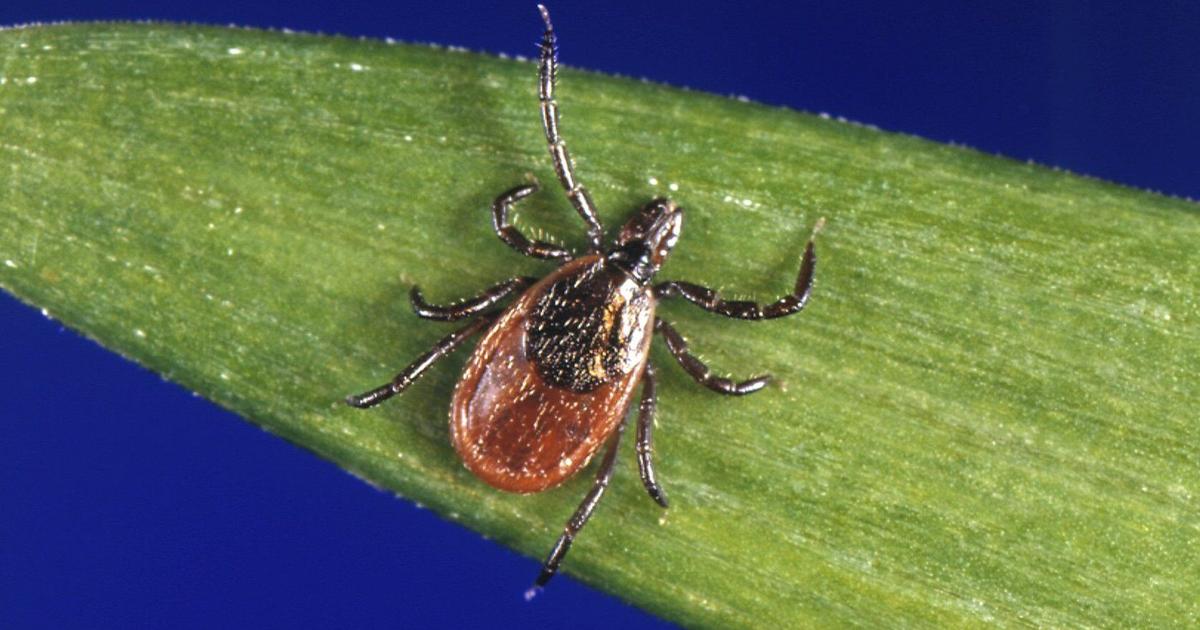
Year-Round Tick Protection: A Comprehensive Guide to Staying Safe
Ticks are more than just a nuisance; they pose a significant health risk, transmitting diseases like Lyme disease and others. This comprehensive guide provides actionable strategies for year-round tick protection, encompassing personal precautions, environmental management, and prompt response to tick bites.
The Importance of Year-Round Tick Prevention
While tick activity peaks during warmer months, ticks can remain active throughout the year, especially in milder climates. Warmer winters and climate change are extending tick seasons in many regions, making year-round vigilance crucial for preventing tick-borne illnesses.
The consistent risk necessitates a proactive approach to tick prevention, combining personal protective measures with environmental controls. Understanding tick behavior and life cycles is key to effectively minimizing exposure.
Effective Strategies for Tick Protection
Effective tick protection involves a multi-pronged strategy combining personal protection measures and environmental management techniques.
Personal Protection Measures
-
Use Repellents: Apply EPA-approved repellents containing DEET, picaridin, IR3535, or oil of lemon eucalyptus to exposed skin and clothing. Follow product instructions carefully. Permethrin is highly effective when applied to clothing.
-
Wear Protective Clothing: Opt for light-colored clothing (to easily spot ticks), long sleeves, long pants tucked into socks or boots, and closed-toe shoes. Consider pre-treating clothing with permethrin.
-
Perform Tick Checks: Thoroughly check yourself, children, and pets for ticks after spending time outdoors, paying close attention to areas like the hairline, ears, armpits, groin, and behind the knees. Use a mirror for hard-to-see areas.
-
Shower Promptly: Showering within two hours of being outdoors can wash away unattached ticks.
Environmental Management Techniques
-
Keep Grass Short: Regularly mow your lawn to eliminate tall grass, a preferred tick habitat.
-
Remove Leaf Litter: Clear away leaf piles and debris, which provide shelter for ticks and the animals that carry them.
-
Create Tick Barriers: Use wood chips or gravel to create a barrier between your lawn and wooded areas to deter ticks from entering your yard.
-
Control Rodents: Rodents are common tick hosts, so controlling rodent populations in your yard is beneficial. Consider professional pest control if necessary.
Tick Removal: A Step-by-Step Guide
If a tick is found attached to the skin, prompt and proper removal is crucial:
- Use Fine-Tipped Tweezers: Grasp the tick as close to the skin’s surface as possible.
- Pull Straight Up: Gently pull the tick upward with steady, even pressure. Avoid twisting or jerking.
- Clean the Bite Site: Thoroughly clean the area with soap and water or rubbing alcohol.
- Save the Tick (Optional): Place the tick in a sealed bag or container for potential identification if symptoms develop.
- Monitor for Symptoms: Watch for signs of infection (fever, rash, headache, muscle aches) and seek medical attention promptly if symptoms appear.
Understanding Tick-Borne Illnesses
Ticks transmit various diseases, including:
-
Lyme Disease: Caused by Borrelia burgdorferi, characterized by fever, headache, fatigue, and a bull’s-eye rash.
-
Rocky Mountain Spotted Fever (RMSF): Caused by Rickettsia rickettsii, symptoms include fever, headache, rash, and muscle aches.
-
Anaplasmosis and Ehrlichiosis: Bacterial infections causing flu-like symptoms.
-
Babesiosis: A parasitic infection causing flu-like symptoms and fatigue.
Early detection and treatment are crucial for preventing serious complications from tick-borne illnesses.
Frequently Asked Questions
How can I protect myself from ticks? Use repellents, wear protective clothing, perform tick checks, and maintain a tick-free yard.
What are the best tick prevention methods? Repellents, protective clothing, yard maintenance, and prompt tick removal.
Is year-round tick protection necessary? Yes, due to extended tick seasons in many areas.
What should I do if I find a tick? Remove it carefully with tweezers, clean the area, and monitor for symptoms.
Are there natural tick repellents? Some essential oils (like eucalyptus and lavender) may offer limited repellent effects, but EPA-approved repellents are more effective.
Conclusion
Year-round tick protection requires a proactive and multifaceted approach. By combining personal precautions, environmental management, and prompt action upon finding a tick, you can significantly reduce your risk of tick-borne illnesses and enjoy the outdoors safely.





.png?width=1200&height=630&fit=crop&enable=upscale&auto=webp)
